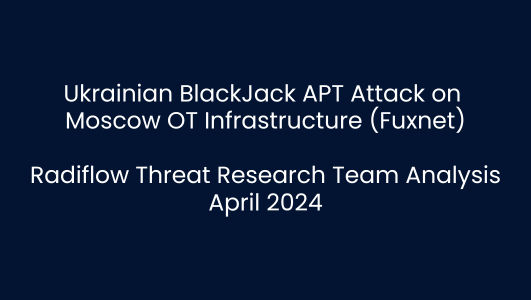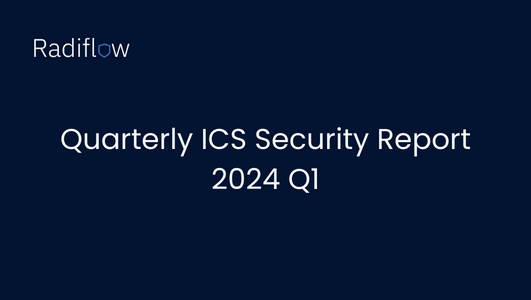Operational technology (OT) has a growing role to play in enterprise cybersecurity. CIOs and business executives are beginning to see the advantages of integrating OT processes into their established security operations center (SOC), creating a new security approach known as an OT SOC.
This system offers big benefits over the security architecture that CIOs may be used to:
- Simplicity from centralizing your SOC and improving communication among your internal teams;
- Extending visibility beyond basic processes for more comprehensive monitoring;
- Better efficiency and lower costs by combining SOCs across IT and OT environments, streamlining your infrastructure and improving security all at once.
And given that the 2020 IBM X-Force Threat Intelligence Index reported that OT cybersecurity incidents have increased 2,000% year over year, it’s clear that companies need to take a stronger, more integrated approach to security.
[inject id=’code-47fd23f73a9caecab1e206306adae7f9′]
New OT SOC use cases are emerging all the time, but as companies consider their transition to a stronger type of infrastructure, there will be a few things that should be kept in mind to ensure the process goes smoothly.
1. Technology Management
An integrated OT SOC has different requirements than the segmented systems that CIOs may be used to.
It’s important to ensure that OT solutions can integrate into the company’s existing IT system. Services like process automation, log forwarding, and intrusion detection will all add visibility to the system and help manage the threat life cycle, but each will need to be integrated seamlessly without security gaps. Failing to do so can set a company back substantially in its risk management goals.
Often, companies hire outside consultants to help them along with these considerations, as OT security services can be a complex beast to handle for those who are unfamiliar with IT/OT SOC requirements. Dedicated service providers that specialize in providing OT security services and automated risk assessment tools offer the simplest path towards a fully integrated system that covers all SOC infrastructure.
2. Specialized Skillsets
Naturally, one of the biggest security operations center challenges is maintaining a team with the necessary skills to manage the system. Given that this integrated approach is relatively new in the cybersecurity landscape, sourcing talent with SOC cybersecurity know-how is a big challenge for the industry as a whole.
Rather than spending time sourcing a unicorn with established integrated SOC infrastructure expertise, companies should consider how they can leverage their existing staff (or other new IT personnel) and introduce them to these concepts. Approaches here may include:
- Sourcing one or two high-level OT experts to support team education and cross-training over time;
- Investing in training for specific OT and SOC cyber security management functions across configurations, OT resource utilization, and incident response protocols;
It can be hard to locate appropriately trained staff without investing heavily in recruiting, so leverage cross-training as a primary strategy and build out the team’s skills over time.
3. Internal Coordination
No IT/OT SOC transformation will be effective without organizational buy-in at every level. This is about bringing OT and IT together under one cohesive umbrella and creating an internal company culture that supports effective management of OT security services.
Some examples here include establishing a clear hierarchy and appointing a leader responsible for risk management across the enterprise. Both OT and IT teams should report to this individual, who acts as a hub for process, KPIs, and goal management. Let this individual work with each team and begin to raise awareness of each group’s priorities and pain points.
The idea here is to get everyone on the same page as quickly as possible and begin unifying the IT/OT environment. It may take some time, but it’s the only way to unlock the full advantages of an integrated SOC.
Pulling Off a Successful OT SOC Transition
A common theme among the above points is that an OT SOC requires more time, effort, and technical expertise than many companies are prepared for. That’s why we always recommend that companies considering an OT SOC project work with an experienced provider that can help the process along.
Radiflow takes a unique approach to cybersecurity that looks at risk differently. With advanced risk analysis tools, we can tell your Information Security teams about the specific threats you face crossed with the potential damage of each attack. This incorporates business-specific assessments for specific attacks in your specific industry, giving you a data-driven way to address security operations center challenges beyond mere vulnerability assessments.
Contact our team for more information on how our risk assessment solutions can support your digital transformation.




